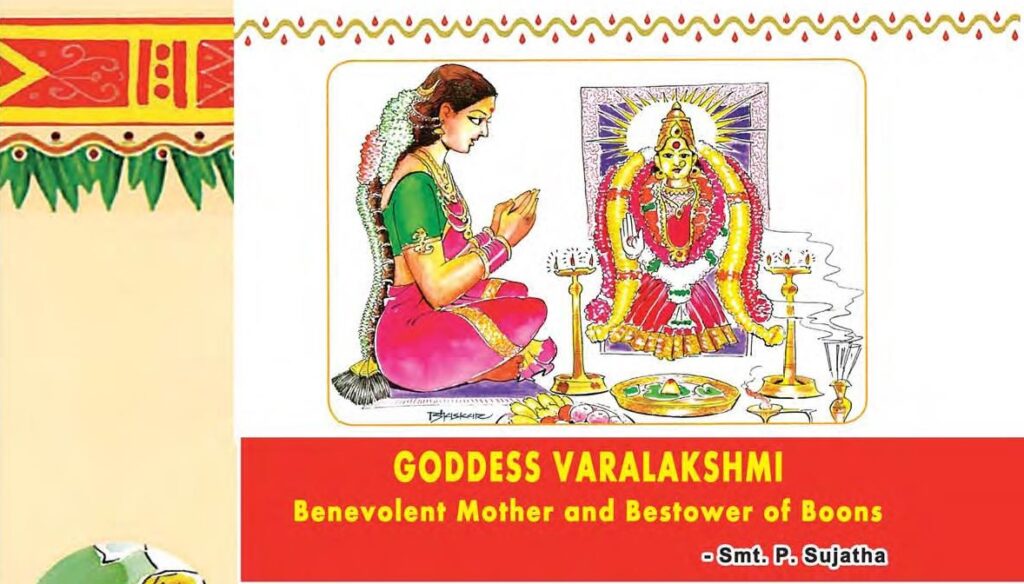Goddess Varalakshmi Every married Hindu woman, mostly in the southern states of our country, propitiates the goddess Lakshmi on this most auspicious day in the month of Shravana. They pray to the goddess Varalakshmi (Lakshmi, the boon-giver)) to provide happiness, wealth, health and longevity to their husbands. In other words, it is a prayer made Read More
Tag: Varalakshmi Vratam
Varalakshmi Vratam at Tiruchanur Sri Padmavati Ammavari Temple
Varalakshmi Vratam at Sri Padmavati Ammavari Temple Varalakshmi Vratam festival with grand festivity and faith is celebrated in the Tiruchanur Sri Padmavati Ammavari Temple also as a special annual event. The rituals of this festival are different in many aspects from the other normal rituals in the temple. The Process of Varalakshmi Vratam On this Read More

